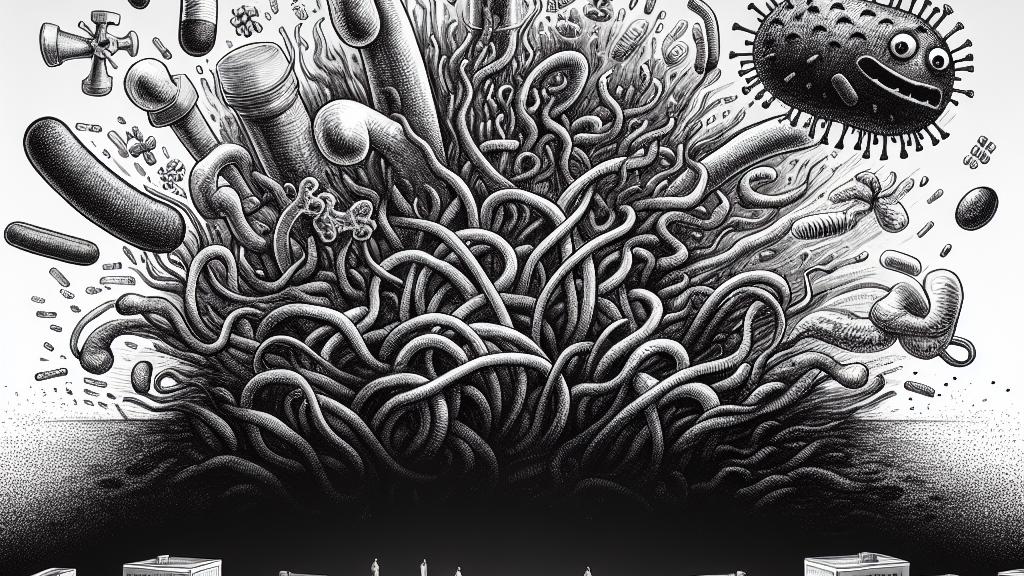Hope in the Fight Against Antibiotic-Resistant Bacteria
Overview
- Understanding the serious dangers posed by MRSA is crucial for public health.
- Recent advances in biofilm research promise exciting new treatment options.
- Chiral hydrogels show great potential in effectively addressing antibiotic-resistant infections.

The Challenge of MRSA
In Denmark and many other parts of the world, the spread of Methicillin-resistant Staphylococcus aureus (MRSA) has raised alarm bells among health organizations. This particularly nasty strain of bacteria has developed resistance to standard antibiotics, turning simple infections into serious health threats. For instance, MRSA can cause skin infections, pneumonia, and even sepsis—conditions that can escalate quickly, especially in hospitals where immunocompromised patients are at risk. Disturbingly, a report from 2019 documented over 1.27 million deaths worldwide due to infections from antibiotic-resistant bacteria, showcasing the urgency for solutions. Thus, understanding MRSA's mechanisms is not just academic; it is a matter of life and death.
Recent Research Breakthroughs
A remarkable study by a collaborative team from Aarhus University and the University of Pittsburgh has decoded the molecular structure of MRSA biofilms, which act as protective barriers against antibiotic treatment. Imagine these biofilms as tiny fortresses that shield bacteria, making it incredibly challenging for medicines to penetrate and do their job. By revealing the intricate structure of these biofilms, researchers can now devise innovative strategies aimed at disarming the protective layers. This discovery opens doors to potentially more effective treatments, where standard antibiotics could be applied with greater efficacy, leading to faster recovery times and reduced healthcare costs—a promising sign amidst a crisis that many thought insurmountable.
Innovative Solutions with Hydrogels
In a thrilling development within this field, researchers are exploring the use of chiral hydrogels as a strategy to combat MRSA biofilms. These low molecular weight hydrogels possess unique chiral properties that enhance their ability to adhere to biofilms, effectively breaking down their defenses. For example, specific combinations of small molecule drugs within these hydrogels have demonstrated a remarkable ability to disrupt biofilm formation and restore antibiotic effectiveness. This is not just scientific innovation; it represents a beacon of hope for patients battling stubborn infections. As we uncover more about these incredible materials, we inch closer to creating treatments that can adequately tackle even the most resilient bacteria, demonstrating that science indeed holds the key to overcoming today's formidable health challenges.

Loading...